Composting is one of the easiest and most satisfying ways to turn your everyday kitchen scraps and yard waste into nutrient-rich soil for your plants. Whether you’re a green-thumbed gardener or just someone who wants to reduce waste, composting is an incredible way to make a positive impact on the environment. Plus, it’s cost-effective and easy to do right in your backyard—or even in your kitchen if you’re tight on space. The good news is, anyone can compost, and you don’t need fancy equipment or complicated instructions. This guide will walk you through the essentials, from choosing your compost bin to understanding the “greens” and “browns” that make up a healthy compost pile.
So, if you’re curious about composting but unsure where to start, here’s everything you need to know to turn your peels into nutrient-rich plant food!
1. Pick Your Composting Style
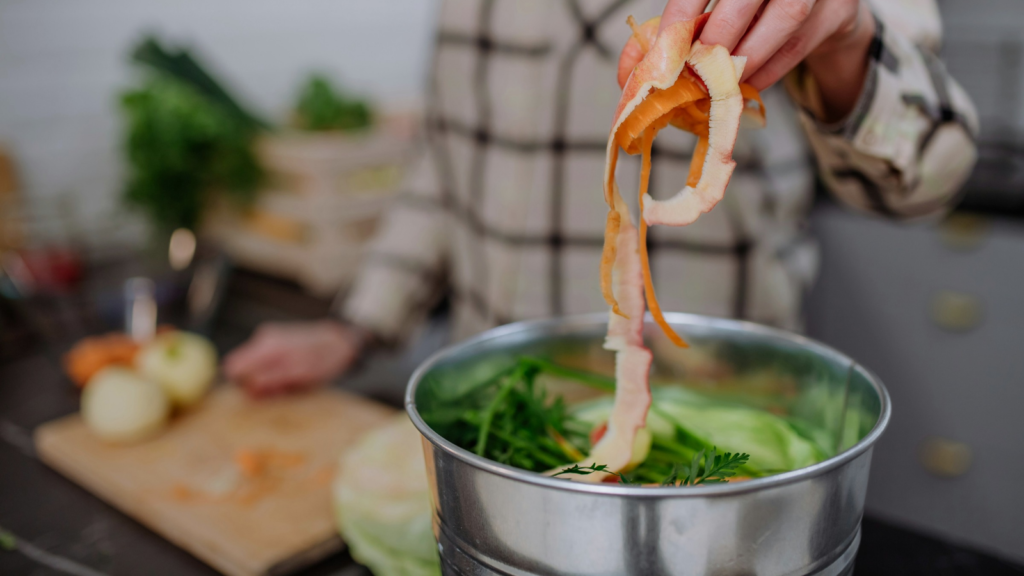
There are many ways to compost, so choose the one that fits your lifestyle and space. For outdoor composting, you can try a traditional compost pile, a compost tumbler, or a bin. If you’re limited on space, consider vermicomposting (using worms) or bokashi, which uses fermentation to break down food scraps. Each method has its pros and cons, but all lead to the same goal: creating healthy soil for your plants.
2. Choose the Right Location

Selecting the right spot for your compost is important. For outdoor piles, choose a level, well-drained area that gets partial sunlight. Too much sun can dry out your pile, but too much shade can slow down the composting process. Keep it accessible for easy turning and watering, but away from where pets or wildlife might be tempted to dig in. Indoors, place bins in a kitchen cupboard or under the sink—wherever is convenient but out of the way.
3. Learn Your Greens and Browns
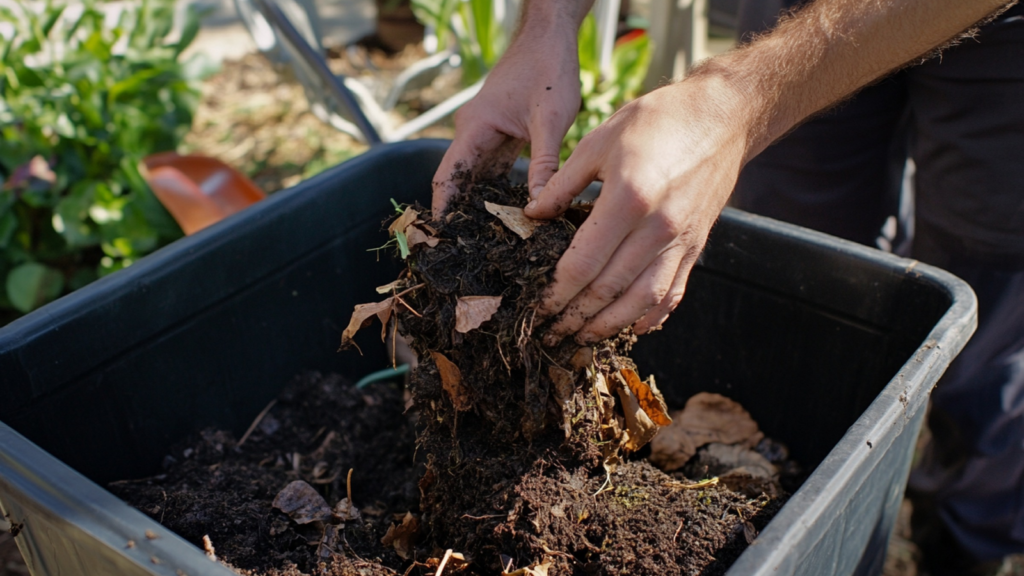
Healthy compost needs a balance of “greens” and “browns.” Greens are moist, nitrogen-rich materials like fruit peels, veggie scraps, and coffee grounds. Browns are dry, carbon-rich materials like dead leaves, cardboard, and paper. A good rule of thumb is to add two parts browns to one part greens, which helps create the right environment for decomposition. Too much green can make the compost soggy, while too much brown slows it down.
4. Start Layering
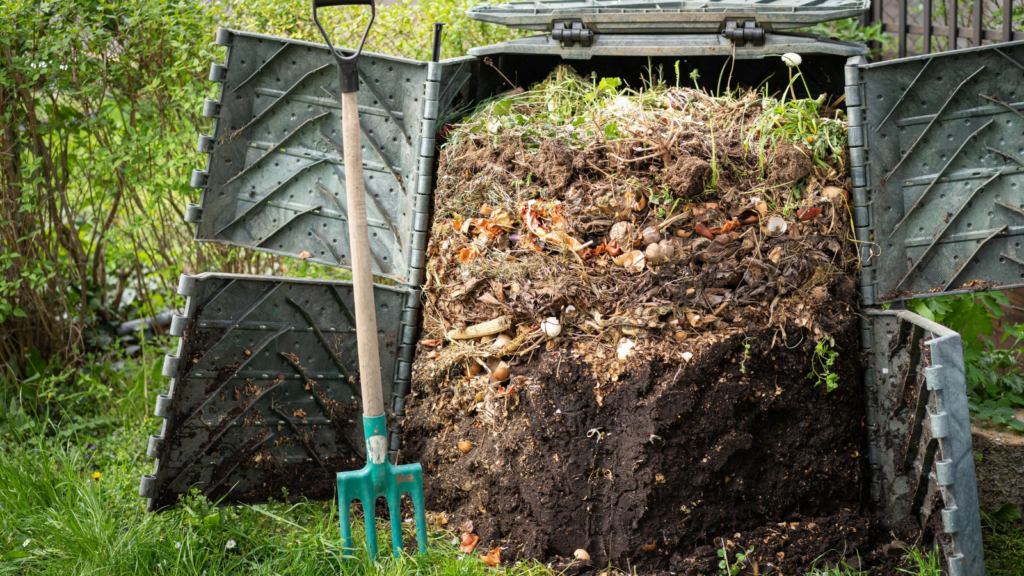
When building your compost, think of it like layering a lasagna. Start with a layer of browns, then add greens, then cover with more browns. Repeat as you go along, keeping that balance in mind. Each new layer adds to the mix and encourages proper airflow and moisture balance, which is crucial for breaking down the materials. Avoid adding large chunks of food waste—chop or tear things up for faster decomposition.
5. Keep It Moist and Aerated
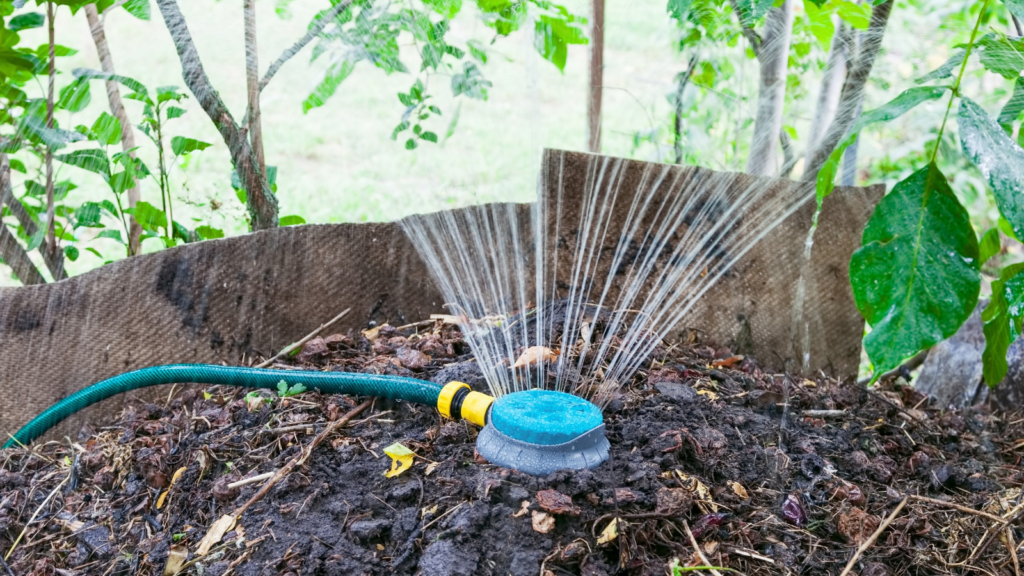
Compost needs moisture and air to break down properly. Your compost should feel like a damp sponge—not too wet, not too dry. If it’s too dry, spray it lightly with water. If it’s too wet, add more browns to absorb the moisture. Regularly turning your compost, especially in outdoor piles, helps increase oxygen flow, speeds up the breakdown, and reduces odors. Indoors, aerate by gently stirring your bin’s contents every week or so.
6. Avoid Composting Certain Items

Not everything should go in your compost pile. Avoid meat, dairy, oily foods, and anything treated with chemicals, as they can attract pests and slow down decomposition. Similarly, avoid putting in diseased plants, which can spread pathogens. Stick to plant-based scraps, untreated paper, and yard trimmings to keep your compost safe, effective, and pest-free.
7. Know When Your Compost Is Ready
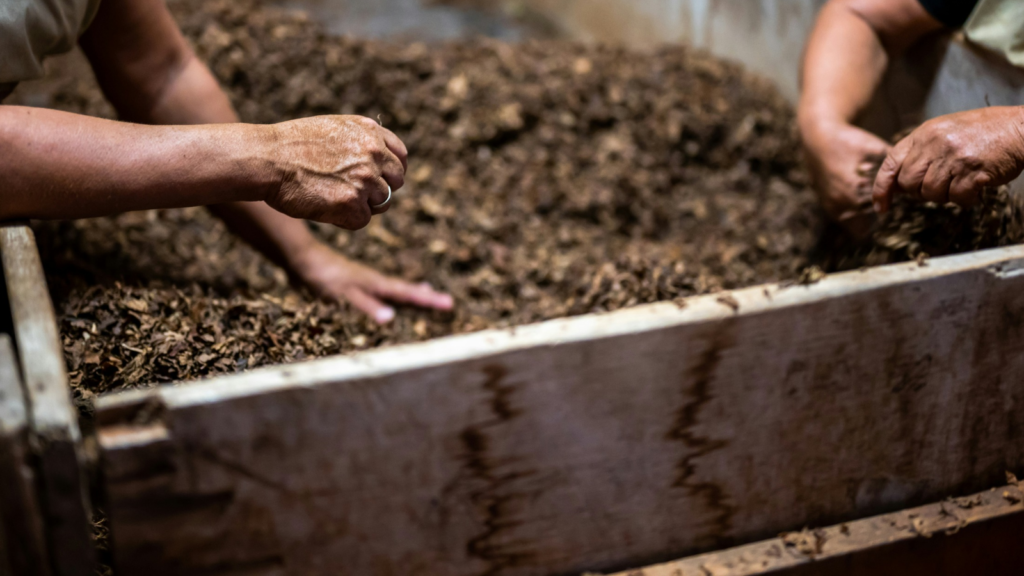
Finished compost is dark, crumbly, and smells earthy. It can take anywhere from a few weeks to several months, depending on the conditions and materials used. If you’re unsure, check if there are still identifiable pieces of food—if so, it’s not quite ready. When your compost has transformed into a uniform, soil-like substance, it’s ready to nourish your garden or potted plants!
8. Use Your Compost Wisely
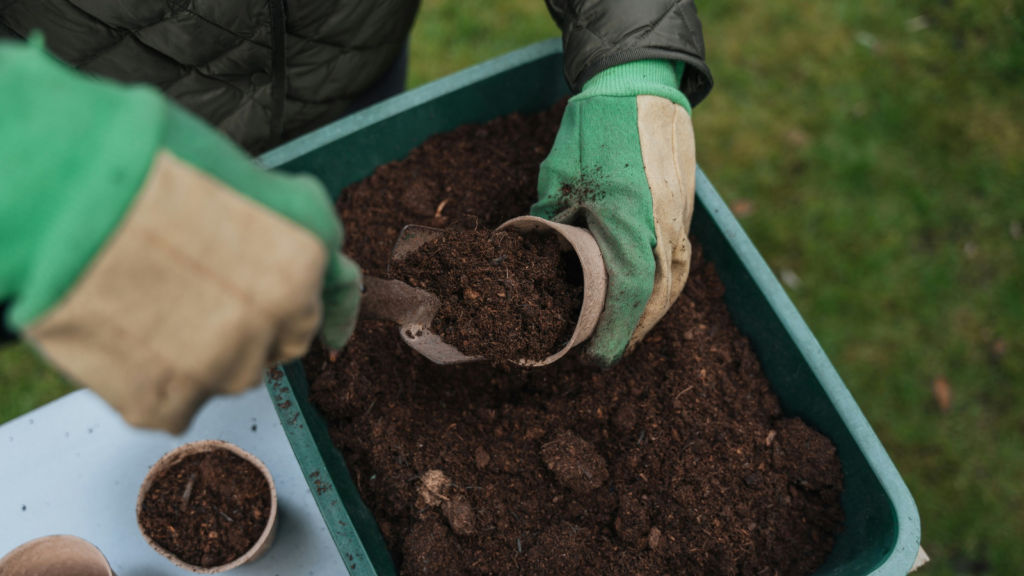
Now that you have your compost, it’s time to put it to use! Spread it around your garden, mix it into potting soil, or sprinkle it on your lawn. Compost improves soil structure, adds vital nutrients, and helps plants retain water. A little goes a long way, so use it sparingly to avoid overwhelming your plants.
9. Troubleshoot Common Compost Problems

Composting can come with a few hiccups. If your compost smells foul, it may be too wet or lack oxygen—try turning it and adding browns. If it’s not breaking down, it may need more greens or moisture. Troubleshooting these issues is simple with a bit of patience and observation, so don’t worry if you hit a snag or two along the way.
10. Enjoy the Benefits of Composting
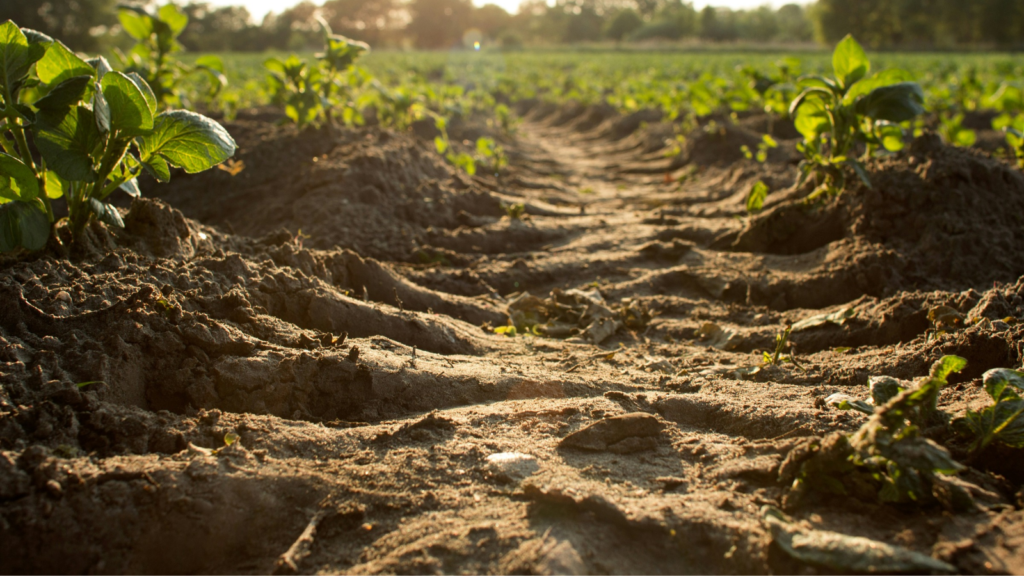
Composting is more than just recycling food scraps; it’s a way to connect with nature and take a step towards sustainable living. Over time, you’ll notice how much less waste you produce and how much healthier your garden grows. Plus, there’s something truly rewarding about turning leftovers into something valuable for the environment and your plants. Embrace the process and enjoy the benefits of your new composting habit!

